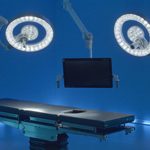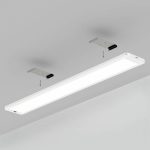Maximizing Your Yield: How Many Watts Do You Need for Your LED Grow Light?
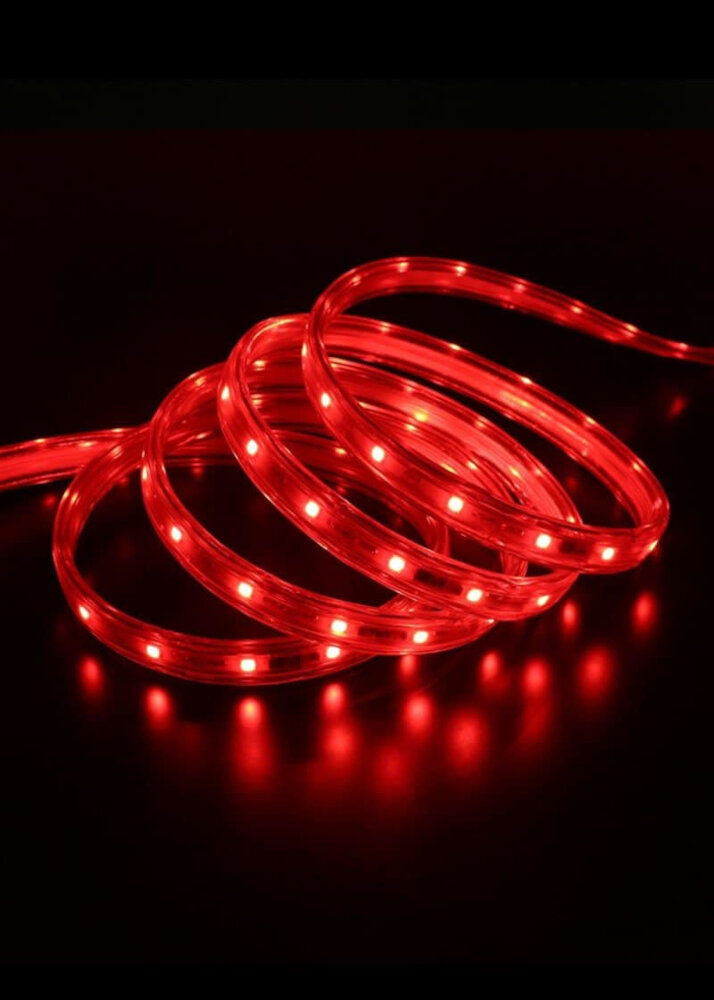
Indoor gardening has become a popular activity among plant enthusiasts, and LED grow lights have been a game-changer in this field. These lights are energy-efficient, easy to use, and offer a wide range of spectrums to cater to different plants. However, choosing the right LED grow light can be a daunting task, especially when it comes to determining the wattage required for your plants. Understanding how many watts you need for your LED grow light is crucial to maximize your yield and ensure your plants thrive. The wattage of an LED grow light determines the amount of energy it consumes and the intensity of light it emits. Therefore, it’s crucial to choose the right wattage depending on the type of plants you’re growing, the size of your grow space, and your budget. In this article, we’ll delve into the factors to consider when choosing the wattage of your LED grow light and help you determine the optimal wattage for your indoor garden. Whether you’re a seasoned gardener or a beginner, understanding the basics of LED grow lights’ wattage will help you achieve the best results for your plants.
LED grow lights have become increasingly popular in recent years due to their numerous advantages over traditional grow lights. These lights are highly energy-efficient, consuming less electricity while delivering superior light output. They also produce less heat, which makes them safer and easier to use. LED grow lights are also highly customizable, allowing growers to tailor the light spectrum to their specific plants’ needs, resulting in healthier and more productive crops. Additionally, LED grow lights have a longer lifespan and require less maintenance than traditional lights, making them a cost-effective solution for indoor gardening. Therefore, investing in high-quality LED grow lights is essential for maximizing your yield and ensuring the success of your indoor garden.
Optimizing the watts needed for maximum yield is crucial for any indoor grower who wants to achieve the best possible results. The amount of watts required depends on the size of the grow space, the type of plants being grown, and the stage of growth they are in. Using too few watts will result in poor plant growth and a lower yield, while using too many watts will waste energy and can lead to heat stress and other problems. By finding the right balance of watts needed for your specific grow, you can ensure that your plants receive the right amount of light to thrive and produce a bountiful harvest. It is important to note that the quality of the LED grow light also plays a significant role in maximizing yield, so investing in a high-quality, energy-efficient light is a wise decision for any serious indoor grower.
Understanding Wattage and PAR
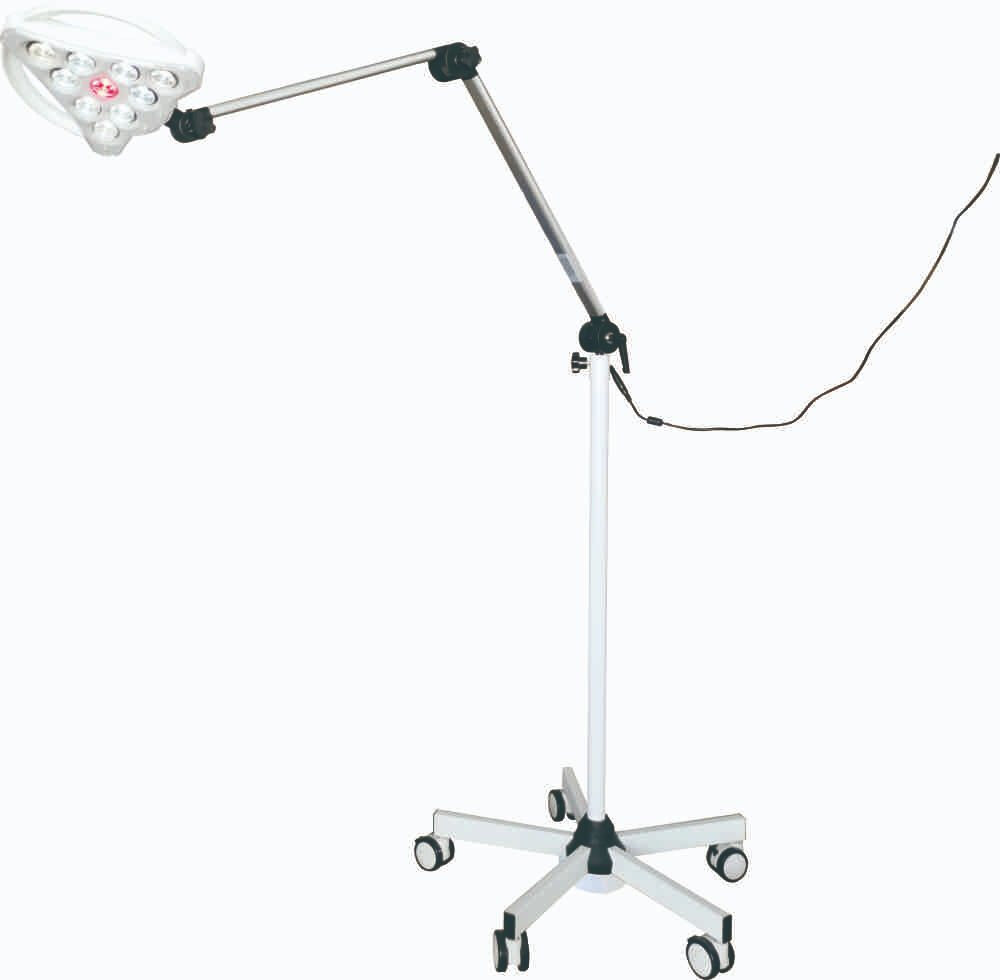
When it comes to maximizing your yield with LED grow lights, one important factor to consider is wattage and PAR. Wattage refers to the amount of power that the light consumes, while PAR (Photosynthetically Active Radiation) is the measurement of light intensity that is available for photosynthesis. The wattage and PAR of your LED grow light can greatly affect the growth and yield of your plants, so it’s important to understand how they work together. A higher wattage LED grow light does not necessarily mean that it will provide more PAR for your plants. In fact, a lower wattage light with a higher PAR output may be more effective for plant growth. This is because plants require a specific range of PAR for photosynthesis, and a light that provides too much or too little PAR can actually hinder growth. It’s important to choose an LED grow light that is specifically designed for plant growth, with a PAR output that matches the needs of your particular plants. By understanding the relationship between wattage and PAR, you can choose the right LED grow light to maximize your yield and ensure healthy plant growth.
Wattage refers to the amount of power consumed by an electronic device, such as a LED grow light. It is an important factor in determining the energy efficiency of a light, as well as its ability to provide adequate illumination for plant growth. However, wattage alone cannot provide a complete picture of a grow light’s performance. This is where PAR (Photosynthetically Active Radiation) comes in. PAR measures the amount of light available to plants for photosynthesis, taking into account the specific wavelengths of light that plants use most efficiently. Therefore, to maximize yield, it is important to consider both wattage and PAR when selecting a LED grow light.
The relationship between wattage and PAR (Photosynthetically Active Radiation) is crucial in determining the effectiveness and efficiency of LED grow lights in cultivating plants. PAR is the spectrum of light that plants use for photosynthesis, and higher wattage LED grow lights typically produce more PAR, resulting in increased yields. However, simply increasing wattage does not necessarily equate to higher PAR, as the quality of the LEDs, the distance between the light source and the plants, and the duration of light exposure also play significant roles. It is essential to strike a balance between wattage and PAR to maximize plant growth and yield, while also considering energy efficiency and cost-effectiveness.
The importance of Photosynthetically Active Radiation (PAR) in plant growth cannot be overstated. PAR refers to the wavelengths of light that are essential for photosynthesis to occur in plants. These wavelengths fall in the range of 400-700 nm and are responsible for driving the production of energy-rich molecules such as ATP and NADPH, which are used by the plant for growth and development. The amount of PAR that a plant receives directly influences its yield, as it determines the amount of energy that the plant can produce. Therefore, it is crucial to ensure that plants receive an adequate amount of PAR to maximize their growth potential. This is where LED grow lights come in, as they can provide plants with the specific wavelengths of light they need for optimal growth, resulting in higher yields and better quality crops.
Calculating Wattage Needed for Your Grow Space
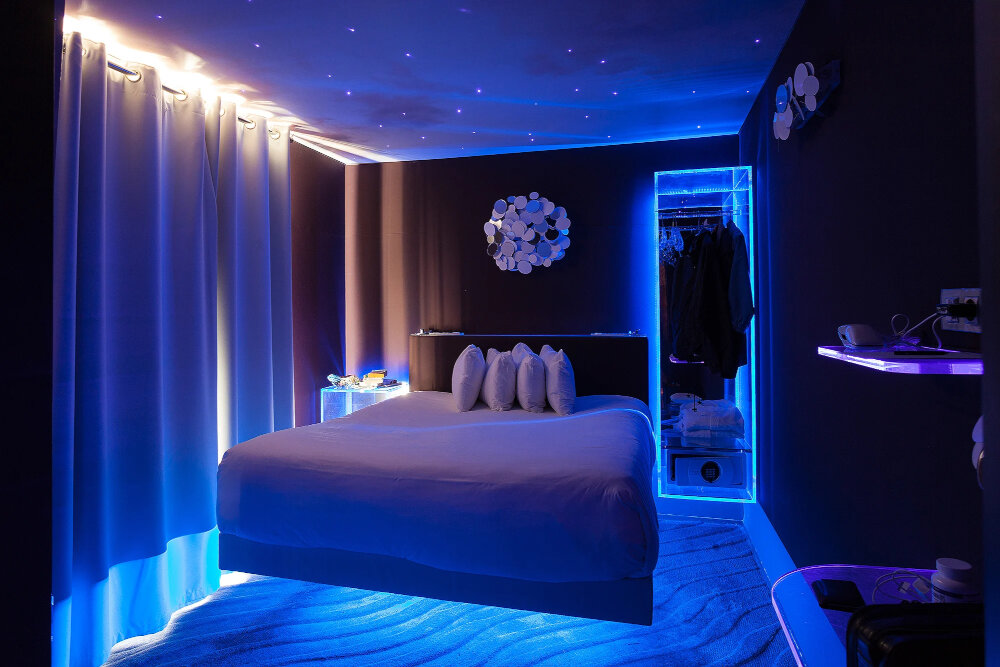
When it comes to maximizing your yield from an LED grow light, it’s essential to calculate the wattage needed for your grow space accurately. The wattage of your LED grow light determines its power output and the intensity of the light it emits. Therefore, selecting the right wattage for your grow space is crucial to ensure optimal growth and yield. To calculate the wattage needed for your grow space, you need to consider several factors, including the size of your grow space, the type of plants you’re growing, and the growth stage of your plants. To calculate the wattage needed for your grow space, start by measuring the length, width, and height of your grow space in feet. Then, multiply these measurements to get the total cubic feet of your grow space. Next, determine the recommended wattage per square foot of your plant’s growth stage. For example, the vegetative stage requires 25 to 40 watts per square foot, while the flowering stage needs 40 to 60 watts per square foot. Finally, multiply the recommended wattage per square foot by the total square footage of your grow space to get the total wattage needed for your LED grow light. Accurately calculating the wattage needed for your grow space will help you select the right LED grow light and optimize your plant’s growth and yield.
Calculating the wattage needed for LED grow lights is a crucial factor in ensuring maximum yield. Several factors should be considered when determining the wattage requirement. The first factor is the size of the grow space. A larger space will require more wattage to achieve optimal growth conditions. The type of plant being grown is another important factor. Different plants require different levels of light intensity, and this will affect the wattage needed. The stage of plant growth is also a significant factor. Younger plants will require less wattage than mature plants. Lastly, the quality of the LED grow light is a crucial factor. High-quality LED grow lights are more efficient and require less wattage to produce the same level of light as a lower quality light. Taking these factors into consideration when calculating wattage will lead to the best possible yield for your plants.
When it comes to maximizing your yield with LED grow lights, calculating the wattage needed is essential. The formula for calculating the wattage needed involves multiplying the square footage of your grow area by the desired wattage per square foot. This formula takes into consideration the amount of light intensity required by your plants and ensures that they receive the right amount of light for optimal growth. In addition to the wattage per square foot, other factors such as the type of plants, stage of growth, and light spectrum also play a role in determining the wattage needed. By accurately calculating the wattage needed for your LED grow light, you can ensure that your plants are receiving the right amount of light and achieve better yields.
When it comes to growing plants indoors, wattage is an important consideration. The amount of wattage needed for an LED grow light depends on the size of the grow space and the type of plants being grown. For a small space, such as a 2×2 foot area, a 200 watt LED grow light would be sufficient for growing herbs or small plants. For a medium-sized grow space, such as a 4×4 foot area, a 600 watt LED grow light would be suitable for growing larger plants like tomatoes or peppers. For larger grow spaces, such as a 8×8 foot area, a 1000 watt LED grow light would be needed to support the growth of multiple plants. It’s important to keep in mind that wattage is not the only factor to consider when selecting an LED grow light, as other factors such as PAR and spectrum also play a critical role in maximizing yield.
Choosing the Right LED Grow Light
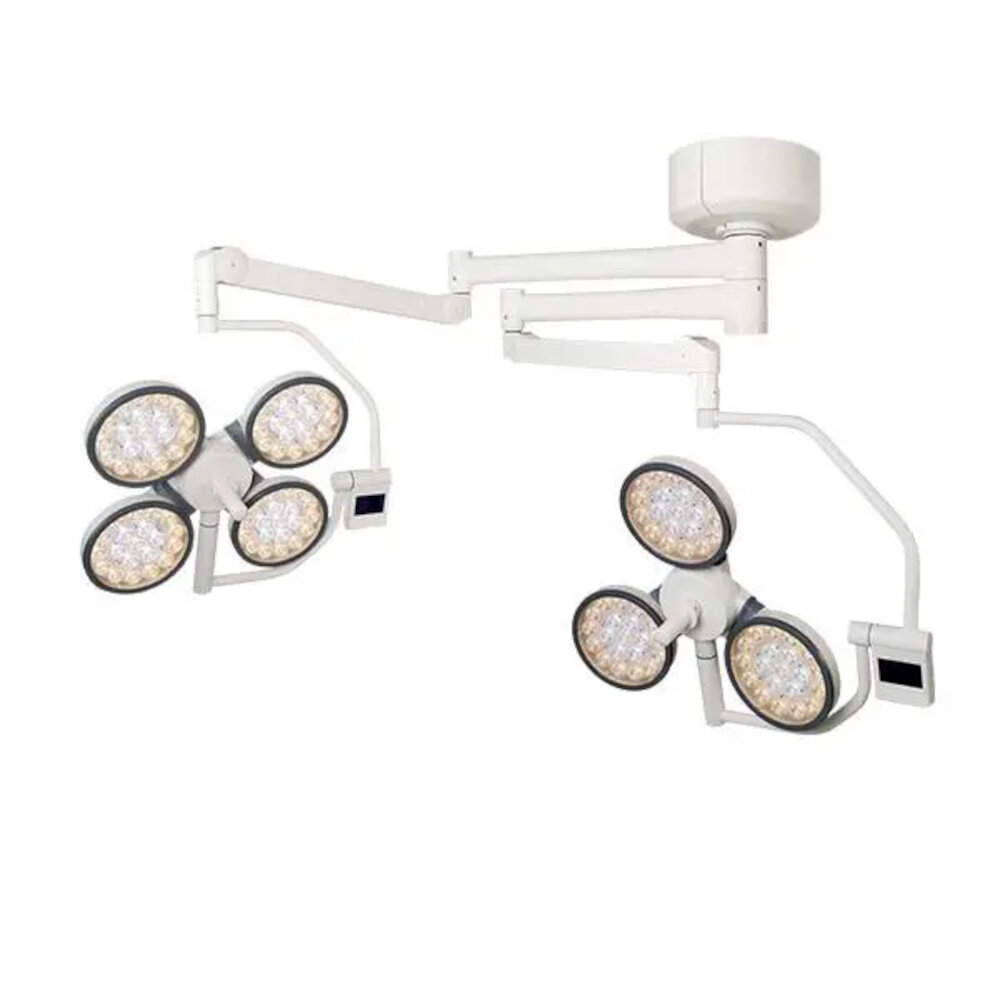
Choosing the right LED grow light is a crucial decision that every grower has to make to maximize their yield. With the market flooded with different types of LED grow lights, it can be overwhelming to select the right one. However, there are a few factors that you can consider to ensure you make the right choice. First, consider the size of your grow space. The bigger your space, the more watts you’ll need to cover it effectively. Also, consider the type of plant you’re growing as different plants require different wavelengths and spectrum of light. Additionally, consider the lifespan of the LED grow light, the cost, and the brand reputation. Finally, ensure you stick to your budget while choosing the right LED grow light. When choosing the right LED grow light, it’s essential to note that the wattage is not the only factor to consider. Although wattage is a crucial factor, you should also consider the light’s spectrum, PAR output, and coverage area. The spectrum refers to the type of light emitted by the LED grow light. Different plants require different spectrums of light, and it’s essential to choose an LED grow light that emits the right spectrum for your plants. The PAR output, on the other hand, refers to the amount of usable light emitted by the LED grow light. A high PAR output means that the LED grow light emits more usable light, which ultimately leads to higher yields. Finally, the coverage area refers to the amount of space the LED grow light can effectively cover. If you have a large grow space, consider choosing an LED grow light with a higher coverage area to ensure that all your plants get enough light.
When it comes to LED grow lights, there are various types available in the market, such as COB LED, quantum board LED, and traditional LED grow lights. COB LED lights offer higher efficiency and better penetration of light, making them ideal for growing plants with higher light requirements. Quantum board LED lights distribute light more evenly and provide better coverage, making them suitable for growing plants in larger areas. Traditional LED grow lights are the most common and affordable option, but they are less efficient and have a shorter lifespan than other types of LED grow lights. The choice of LED grow light ultimately depends on the specific needs of the plants being grown and the grower’s budget.
When it comes to choosing an LED grow light for your indoor garden, there are several factors to consider. First and foremost, you need to think about the wattage of the light, as this will directly impact your yield. Other important factors to consider include the size and shape of your grow space, the spectrum of light emitted by the LED grow light, the brand and quality of the light, and the price point. Additionally, it’s important to consider the heat output of the LED grow light, as this can affect the temperature and humidity levels in your grow space. By taking all of these factors into account, you can select an LED grow light that will maximize your yield and help you grow healthy, vibrant plants.
When it comes to LED grow lights, wattage and PAR are two crucial factors that play a significant role in maximizing your yield. Wattage refers to the amount of power consumed by the LED grow light and is often used as a measure of light intensity. However, it is not always an accurate indicator of the light’s actual output, as different LED models can have different efficiencies. On the other hand, PAR, or photosynthetically active radiation, is a more reliable measure of a grow light’s effectiveness. It represents the wavelengths of light that plants use for photosynthesis and growth, and a higher PAR value means more of this beneficial light is reaching your plants. Therefore, when choosing an LED grow light, it’s essential to consider both the wattage and PAR values to ensure that you are providing your plants with the optimal amount and quality of light.
Tips for Maximizing Yield with LED Grow Lights
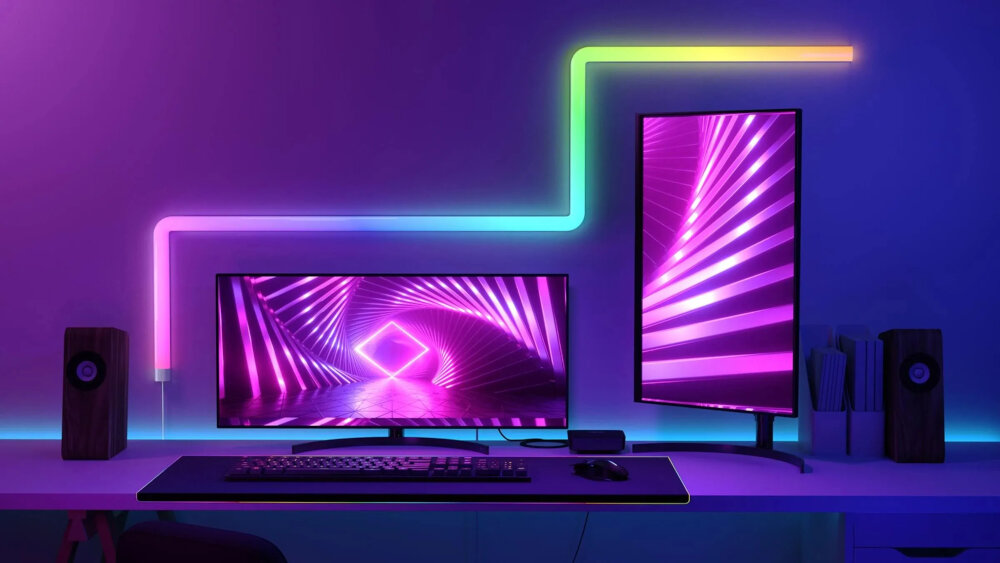
When it comes to maximizing yield with LED grow lights, there are several important tips to keep in mind. First and foremost, it’s essential to select the right type of LED grow light for your specific needs. This means considering factors such as the size of your grow space, the types of plants you’re growing, and your overall budget. Additionally, you’ll want to pay close attention to the wattage of your LED grow light, as this will have a direct impact on the yield you’re able to achieve. Generally speaking, higher wattage LED grow lights are better suited for larger grow spaces, while lower wattage lights can be effective for smaller areas or for growing certain types of plants. Another key tip for maximizing yield with LED grow lights is to ensure that your plants are receiving the proper amount of light at all times. This means monitoring the intensity and duration of your light cycles, as well as making adjustments as needed to ensure that your plants are getting the right amount of light during each phase of growth. Additionally, you’ll want to pay close attention to the temperature and humidity levels in your grow space, as these factors can also impact the overall yield of your plants. By taking a comprehensive approach to your LED grow light setup and ensuring that all of these factors are properly balanced, you can help ensure that you’re able to achieve the highest possible yield from your plants.
The proper spacing and placement of LED grow lights are critical factors in maximizing your yield. The distance between the light and the plants should be carefully considered, as too much or too little light can have negative effects on growth and development. Additionally, the placement of the lights should be strategically planned to ensure even coverage and to avoid shadowing or hot spots. Factors such as the size and shape of the grow space, the type of plants being grown, and the wattage of the lights should all be taken into account when determining the optimal spacing and placement for LED grow lights. By carefully considering these factors, growers can ensure that their plants receive the right amount of light for healthy growth and maximum yield.
Timing and duration of light cycles are crucial factors that significantly affect the growth and yield of plants in indoor gardens. Plants require specific wavelengths of light to carry out photosynthesis, and the timing of these light cycles can impact their growth and development. Ideally, plants require 18-24 hours of light during the vegetative stage and 12 hours of light during the flowering stage. The duration of light cycles can also influence the plant’s ability to produce flowers and fruits. Therefore, it is important to understand and optimize the timing and duration of light cycles to maximize yield and achieve healthy, vibrant plants.
Apart from the wattage of your LED grow light, there are other factors that you need to consider to achieve maximum yield. One of the most important factors is the quality of the light spectrum. Your plants require different wavelengths of light at different stages of growth. Therefore, you need to choose a grow light with a full spectrum that includes blue and red wavelengths. Another factor to consider is the distance between your grow light and plants. If the light is too close, it can cause heat stress and damage to the plants. On the other hand, if it’s too far, the plants won’t receive enough light. You also need to consider the size of your grow space and the number of plants you want to grow. This will help you choose the right size and number of grow lights for maximum yield.
Optimizing wattage for LED grow lights is crucial for maximizing the yield of plants. The wattage of LED grow lights determines the amount of light energy that is emitted and absorbed by the plants. Too little wattage can result in stunted growth and lower yields, while too much wattage can damage the plants and lead to decreased yields. By optimizing the wattage of LED grow lights, growers can achieve a balance between light intensity and energy efficiency, leading to healthier plants and higher yields. Additionally, using LED grow lights with the appropriate wattage can save energy and reduce electricity costs, making it a cost-effective solution for indoor growers. Overall, optimizing wattage for LED grow lights is an essential step in achieving the best results for your indoor gardening.
To maximize your yield with LED grow lights, there are a few final tips to keep in mind. First, make sure to hang the lights at the appropriate distance from your plants to avoid burning or stunting growth. Second, consider using reflective materials to increase light coverage and intensity. Third, use a timer to ensure your plants receive the optimal amount of light each day without overexposure. Fourth, monitor your plants’ growth regularly and adjust the light intensity and duration as needed. Finally, invest in high-quality LED grow lights that are designed for plant growth and offer the right spectrum of light for each stage of growth. By following these tips, you can optimize your yield and grow healthy, thriving plants with the help of LED grow lights.
Conclusion
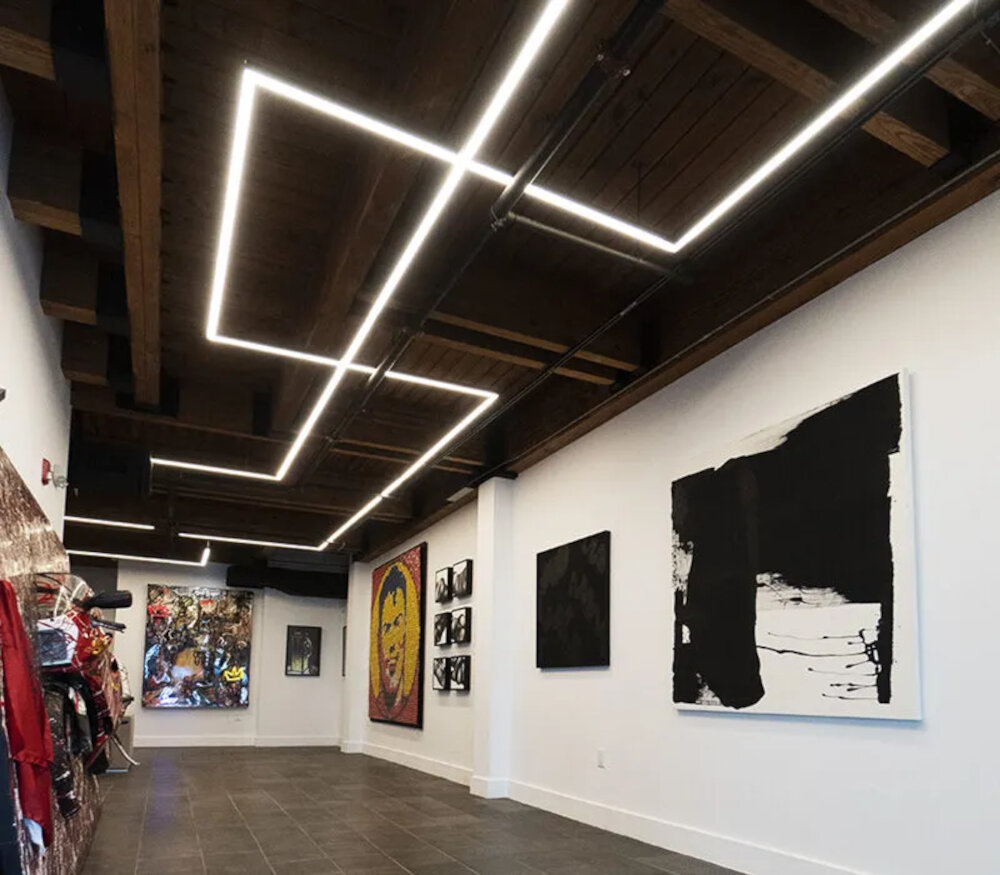
In conclusion, determining the appropriate wattage for your LED grow light is crucial for maximizing your yield. There are various factors to consider, such as the size of your growing area, the type of plants you are growing, and your budget. It is important to note that higher wattage does not always equate to better results, as the quality of the light spectrum and the efficiency of the light fixture also play significant roles. Therefore, it is essential to do your research and invest in a high-quality LED grow light that suits your specific needs. By doing so, you can ensure that your plants receive optimal light and reach their full potential, resulting in a bountiful harvest.

